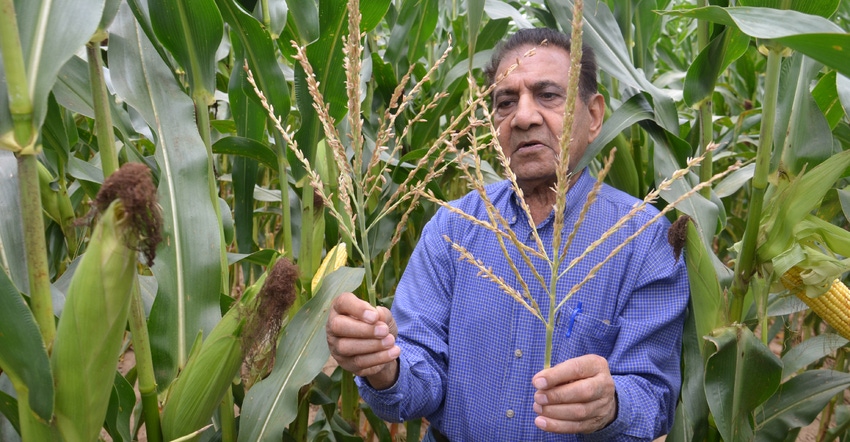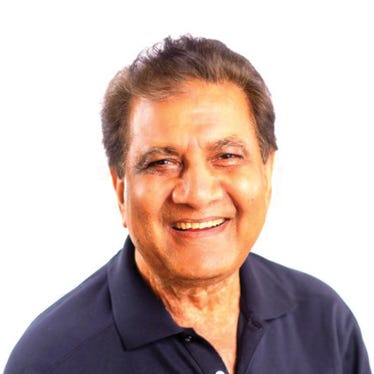December 4, 2020

When I was looking for a college in New Delhi, India, in 1955, I didn’t have to go very far. One of the best ag schools, The Central College in the Indian Agricultural Research Institute, was 2 miles away from my home. My dad encouraged me to try to get admission. The problem was, there were more than 900 students from all over India applying for 100 seats.
I took a test and was interviewed by the faculty. Guess what? I was one of the lucky students. We took courses in agronomy, plant pathology, entomology and statistics. It required hard work for a kid who was not raised on a farm. However, I graduated in 1958. But I wasn’t happy because I was fifth from the top. I wanted to be the guy on the top.
Still, I was admitted for a master’s degree program at IARI in botany. My major professor was a young corn breeder, N. L. Dhawan, who had obtained his doctorate at the University of Minnesota. He worked with Lee House from Purdue University to introduce corn hybrids to India.
My master’s research project was on corn breeding — my introduction to a great crop, for the improvement of which I’ve devoted my whole life. I completed my master’s degree when I was 21, and yes, I was on top of my class! Ambition coupled with hard work does yield results.
The Rockefeller Foundation
At the time, researchers were trying to see if U.S. 13, a famous double-cross hybrid in the U.S. could be adaptable to Indian conditions. The Rockefeller Foundation was providing financial aid to an emerging democracy, which gained its independence from the British in 1947.
I was fortunate to meet Kenneth Rachie, a sorghum breeder, through The Rockefeller Foundation. The foundation was interested in collecting germplasm samples of indigenous corn, sorghum and pearl millet varieties in India before high-yielding hybrids would eventually replace them. After training, I became a team leader about 1,800 miles south of New Delhi. I had a Jeep station wagon, a driver and a servant. Wow, what a responsibility for a young man!
We collected small seed samples from the fields or local farmers’ storage. We collected more than 2,000 seed samples in six months. Later, these samples were grown, classified and divided among India, the U.S. and a research center near Mexico City known as CIMMYT.
I could have worked on a doctorate at IARI, but I wanted to learn all about corn breeding and hybrid development in the U.S., where hybrid development began. House recommended I apply for admission at the University of Wisconsin to work with a great corn breeder of his time, Norman P. Neal. Lady luck smiled at me. I was collecting seed samples in South India when House informed me by telegram, since there were no cellphones yet, about my potential admission with a research scholarship at the University of Wisconsin.
Today, Nanda is director of genetics for Seed Genetics Direct, Jeffersonville, Ohio. This is the first part in a three-part series about how Nanda made his way from India to the U.S., and what he’s learned about corn breeding in the past 60-plus years. Email him at [email protected] or call 317-910-9876.
About the Author(s)
You May Also Like






